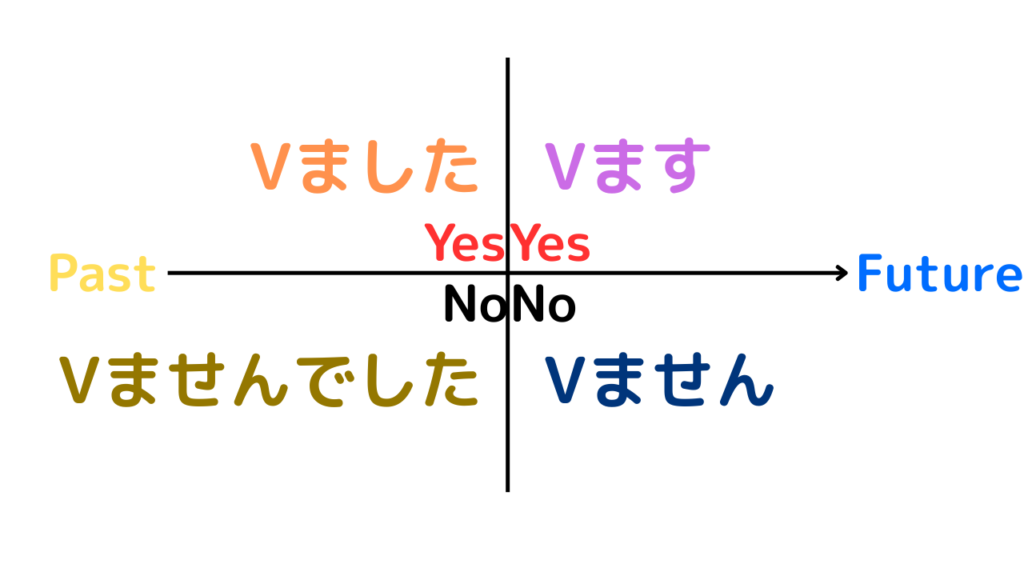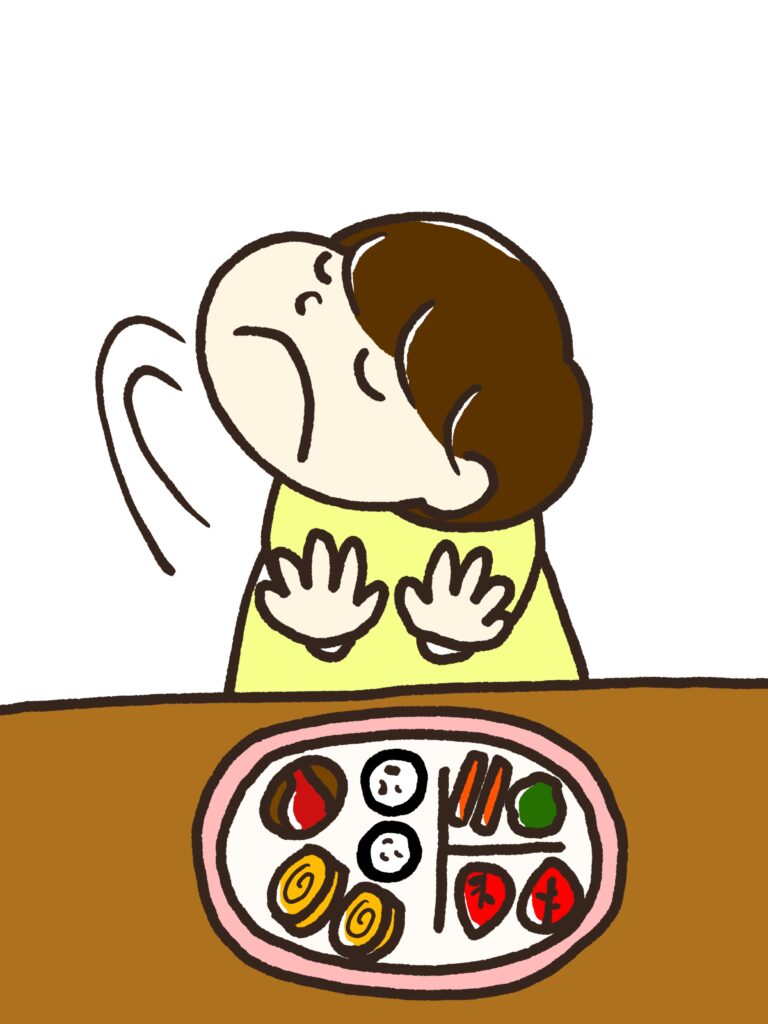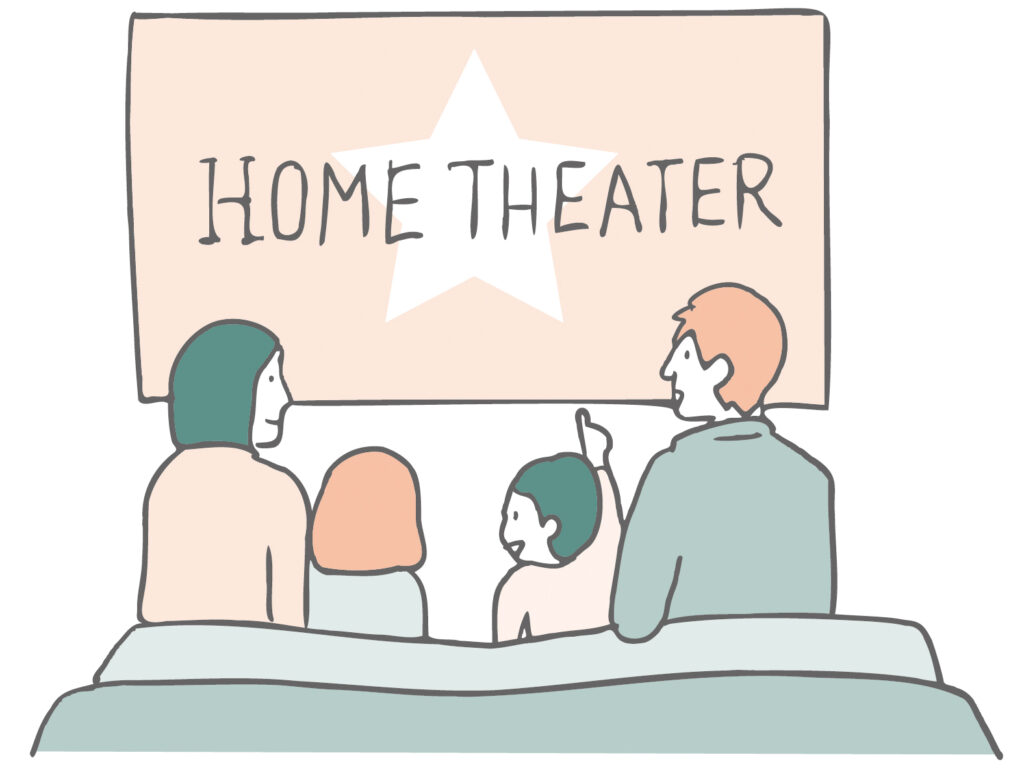動詞の時制
Grammar meaning
We will explain verb tenses in Japanese.
The two basic types of Japanese verb tenses are “Vます/ません/ました/ませんでした” and the plain form of verbs.
In this explanation, we will focus on “Vます/ません/ました/ませんでした”.
While the plain form is more commonly used by native speakers in everyday conversation, it can be quite complex for beginners learning Japanese for the first time.
However, if your goal is to have simple daily conversations, using “Vます/ません/ました/ませんでした” is completely fine, so there’s no need to worry!
For the present and future, use “Vます/ません”.
Use “Vます” for affirmative statements and “Vません” for negative ones.
For the past, use “Vました/ませんでした”. “Vました” is used for affirmative statements, while “Vませんでした” is used for negative ones.

Example sentence
・来週、レストランへ行きます。
Next week, I will go to a restaurant.
・あしたは学校へ来ません。
I will not come to school tomorrow.
・おととい、先生に会いました。
The day before yesterday, I met my teacher.
・けさ、あさごはんを食べませんでした。
I did not eat breakfast this morning.

Additional notes
You can create a question by adding “か” after “Vます” or “Vました”.
The concept of “はい/いいえ” can be used in the same way as “AはBです/じゃありません”.
Example
Q:あした、日本語をべんきょうしますか。
A:はい、あした日本語をべんきょうします。
いいえ、あした日本語をべんきょうしません。
If you’ve forgotten “AはBです/じゃありません”, let’s review it here.
The way verb tenses are categorized, conjugated, and used in Japanese may differ from your native language.
It might be difficult to get used to at first, but with repeated practice, it will become more natural over time.
This is an essential grammar point at the beginner level, so do your best to learn it!
Conversation example
先生:きのう、何をしましたか。
学生:きのうはえいがを見ました。
先生:えいがかんで見ましたか。
学生:いいえ、えいがかんで見ませんでした。
来週、友だちとえいがかんへ行きます。
先生もいっしょに行きますか。
先生:いいえ、先生は行きません。
Teacher: What did you do yesterday?
Student: Yesterday, I watched a movie.
Teacher: Did you watch it at the movie theater?
Student: No, I didn’t watch it at the movie theater.
Student: Next week, I will go to the movie theater with my friend.
Student: Will you go with us, teacher?
Teacher: No, I will not go.

For Japanese Teachers
This grammar point might be difficult for learners depending on their native language.
It’s a good idea to check the differences between the tense system of the learner’s native language and Japanese, and to prepare for potential areas where the learner might struggle.
Also, in Japanese pronunciation, the “す” in “Vます” is often not clearly heard.
This is due to the voicing of vowels being reduced, and only the consonant “s” sound being pronounced.
Some learners may try to imitate this pronunciation faithfully and only pronounce “Vま” (The pronunciation of “Nです” is the same).
On the other hand, some students may over-pronounce the “す” too clearly based on the hiragana spelling.
For students who over-pronounce, it is less likely to cause communication issues, so depending on the learner’s needs, excessive correction might not be necessary.
However, for learners who completely omit the “す” sound, there is a higher chance of miscommunication with other words or grammar, so correction is needed.
When teaching through the indirect method, explaining to learners that Japanese pronunciation often involves voicing reduction can help improve their pronunciation.
If they understand the reasoning, some students will naturally adjust.
If that’s not the case, or if you’re teaching directly, it’s necessary to help students recognize the difference between the correct and incorrect sounds through basic pronunciation guidance.
Personally, though it’s not a fundamental technique, I sometimes introduce greetings like “いらっしゃいませ” and focus on the “ませ” part, transferring that feeling to the “ます” sound.




